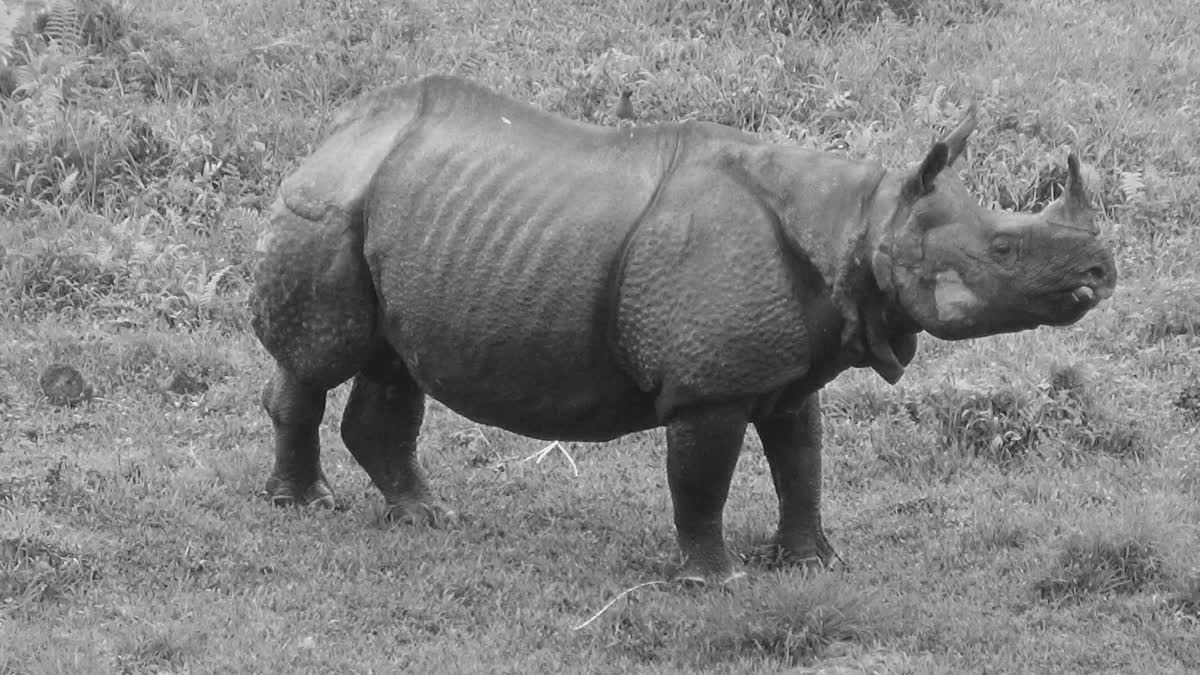Jalpaiguri (West Bengal): In February 2018, the untimely death of a female one-horned rhino named Kanchi was suspected to be the result of a horrifying incident – rape, in the world of rhinos. The two-and-a-half-year-old rhinoceros lost her life in Dhupjhora when she was forcibly coerced into mating, revealing a harrowing aspect of male-female imbalance of Rhinos in West Bengal’s national parks.
Kanchi's fate was not an isolated incident. The shadows of violence loom over the lives of these magnificent creatures in the state's national parks. On November 8, 2017, a young male rhino met its end in a fierce conflict between two male rhinos competing for the same female at Dhupjhora's 1B compartment. The young male resisted another adult male – ‘Don’ to get near his mother which resulted in a fight resulting in the younger one’s death. According to forest officials the age difference between Don and the female rhino - Chanchala triggered the conflict that ultimately led to the young rhino's demise.
This distressing pattern is not unique to Dhupjhora national park alone. Forest department officials said that similar conflicts are in abundance in other national parks also. On December 21, 2015, a rhinoceros perished after two adult rhinos engaged in a brutal battle over a mate at Holong Bit in the Western Range of Jaldapara National Park. These conflicts, often driven by territorial disputes and the quest for mates, frequently end in fatalities.
Wildlife experts assert that the root cause of this issue lies in the male-to-female rhino ratio, which is severely skewed. With male rhinos outnumbering the females, internal conflicts among males have become a tragic norm. In an ideal scenario, there should be three female rhinos for every male rhino to maintain a stable population. Unfortunately, the current ratio stands at a concerning 1:1, creating a breeding and survival crisis for these magnificent creatures.
